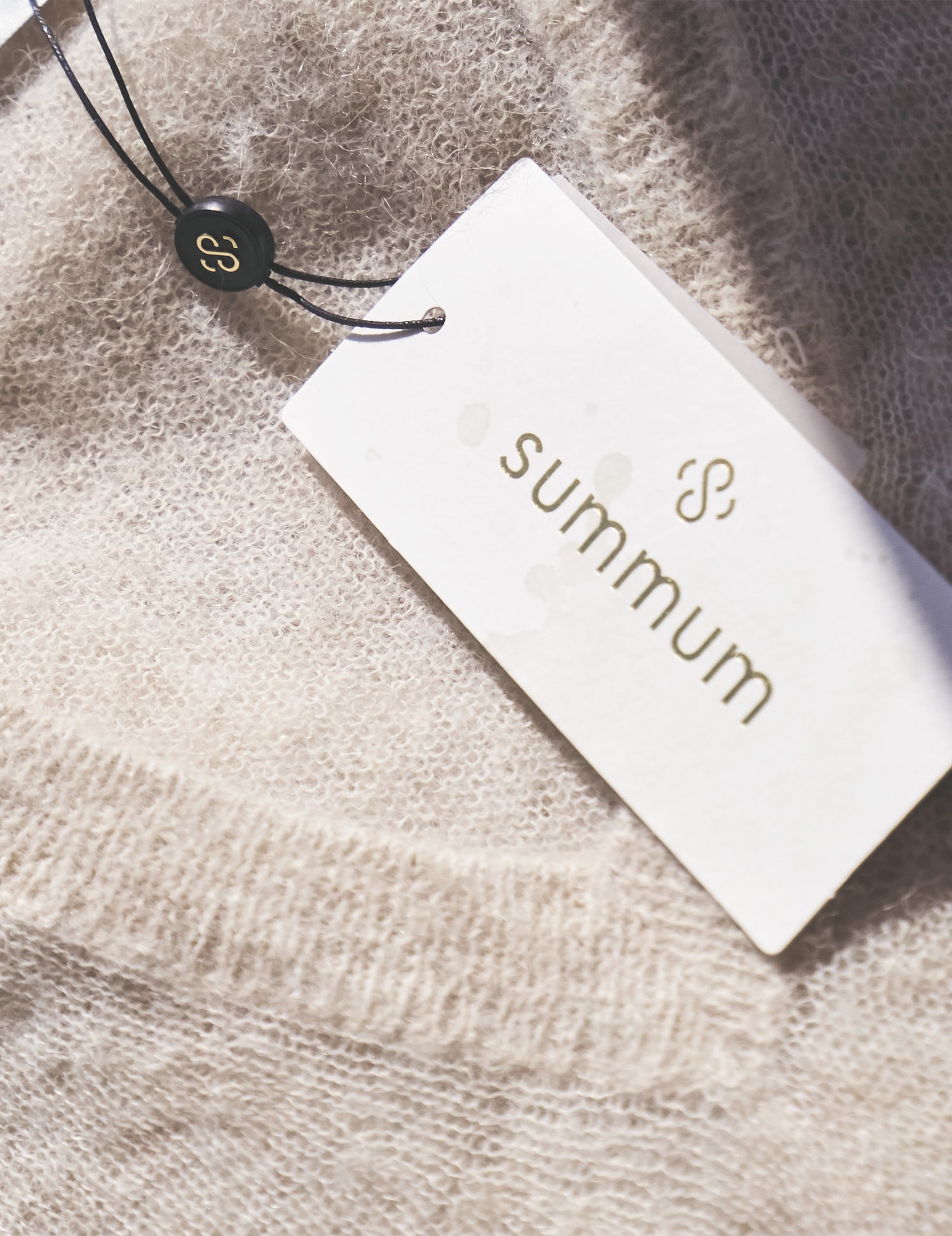
Wash & Care
At Summum, we select our fabrics with extreme care, paying attention to comfort and durability, setting high standards for quality. Before a garment reaches our collection, it undergoes extensive washing and pilling tests to minimise the risks of shrinkage and lint. Each fabric has its unique properties and charms, and we strive to preserve them so that you can enjoy our clothes time and time again.
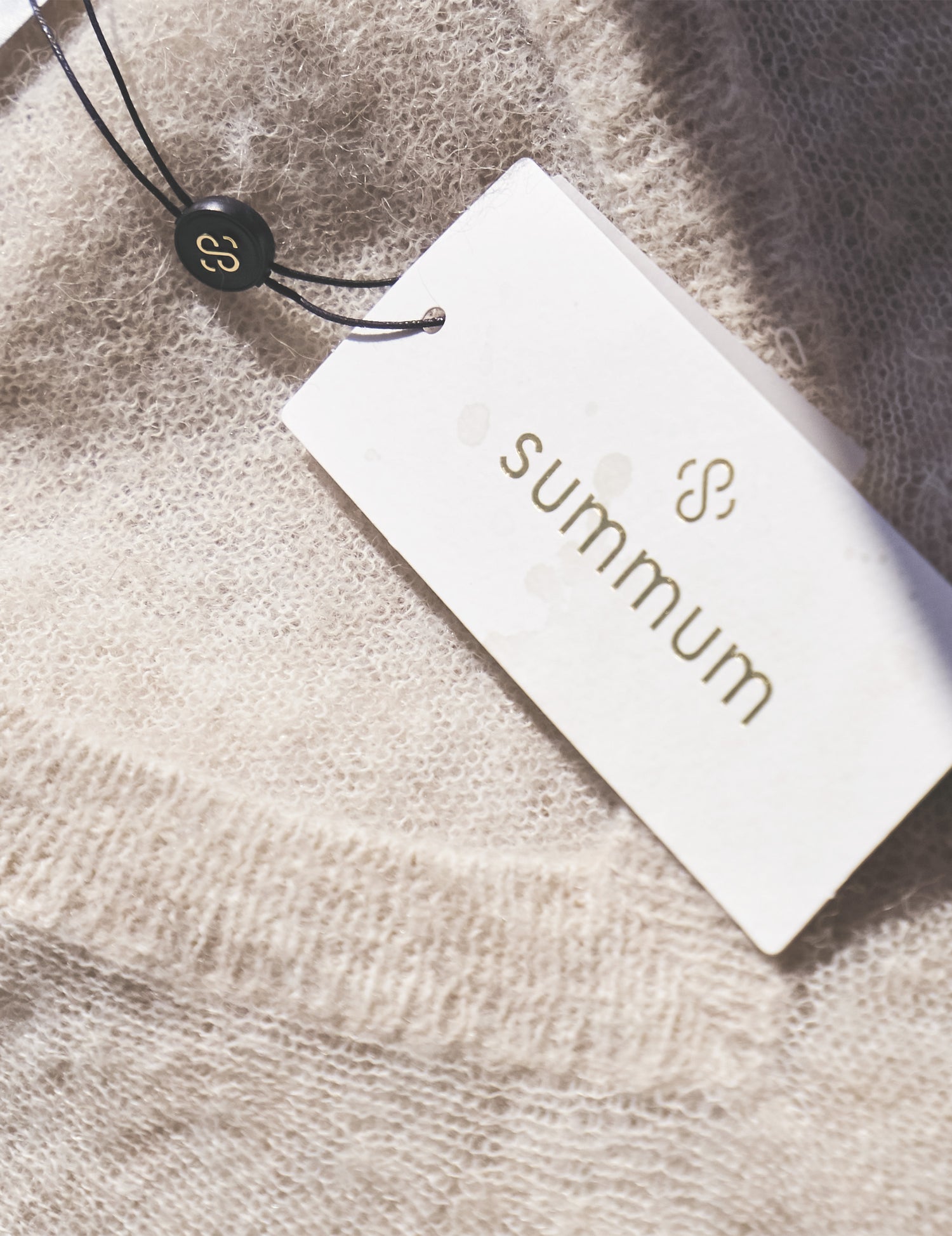
Adjusting a garment?
Before having your new garment shortened or lengthened, it is important to wash it first.
Fabrics may shrink slightly during washing, and this can affect the fit.
By washing the garment first, you will ensure that you keep the right size and avoid disappointment after fitting.
Take this simple step for perfect results!
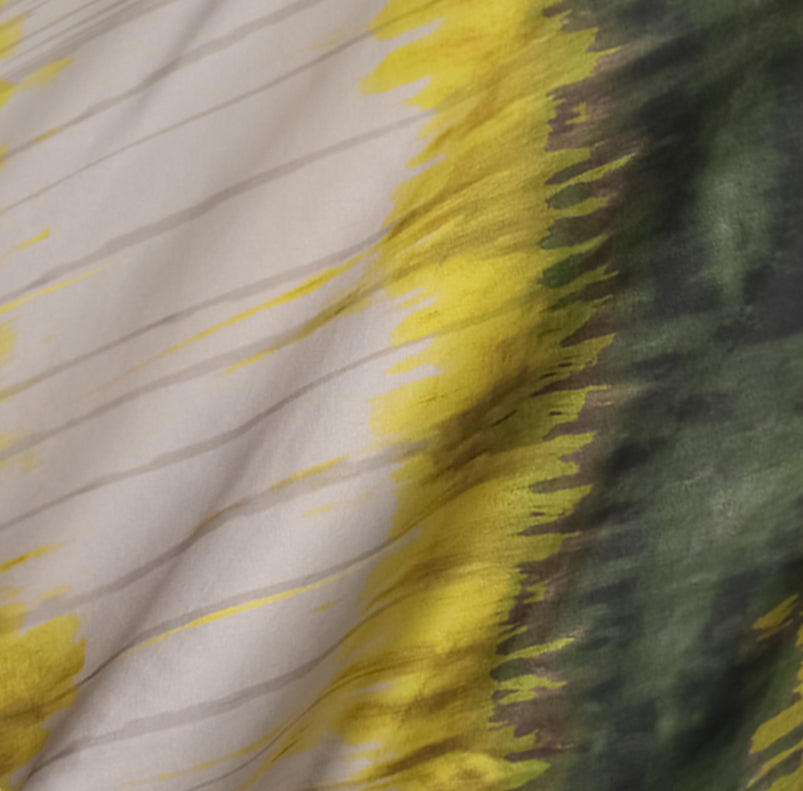
Lenzing ECOVERO™
Our Lenzing ECOVERO™ clothing offers the best of viscose: light, comfortable, silky, breathable and with an elegant sheen. This sustainable material has much in common with Tencel and lyocell, but with an important advantage: the colourfastness of EcoVero is much better, making our clothes last longer and extra durable.
Moreover, the production of Lenzing ECOVERO™ has a significantly smaller carbon footprint compared to generic viscose. We aim to help build a cleaner and greener world by minimising the use of natural resources, achieving maximum resource efficiency and minimising waste in the production process. Enjoy style and sustainability in one!
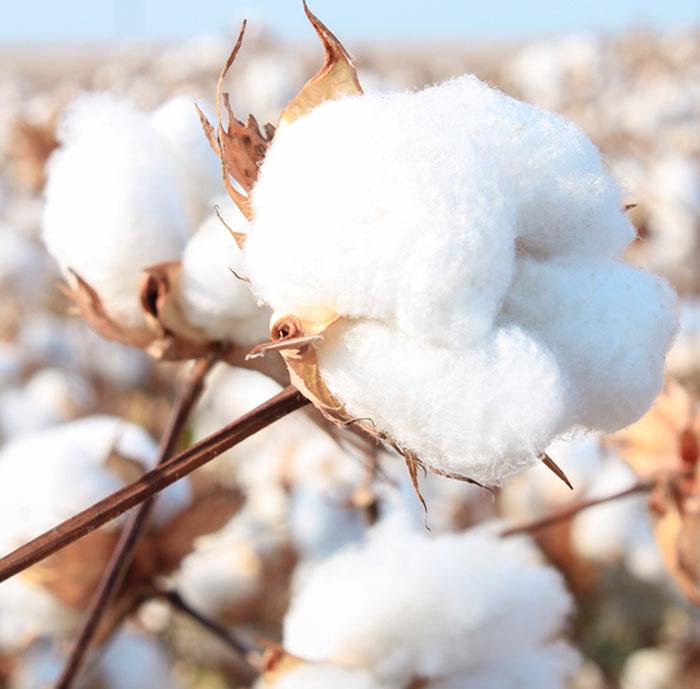
Cotton
Cotton is a natural and breathable fabric, is durable and has high wear resistance. Cotton withstands heat and is easy to wash. However, cotton may shrink a little after washing. That’s why we recommend you turn the article of clothing inside out and do not wash it at higher than 40°C with a small quantity of liquid detergent. Be careful with dyed fabrics, as cotton may bleed the first time you wash it. Cotton may also become discoloured by sunlight. That’s why it’s better not to dry cotton in direct sunlight. We recommend you turn your article of clothing inside out when drying in the dryer to prevent deterioration. Tip: Don’t leave your laundry in the washing machine too long once the wash cycle has ended. This may cause the clothing to wrinkle or the colours to bleed.
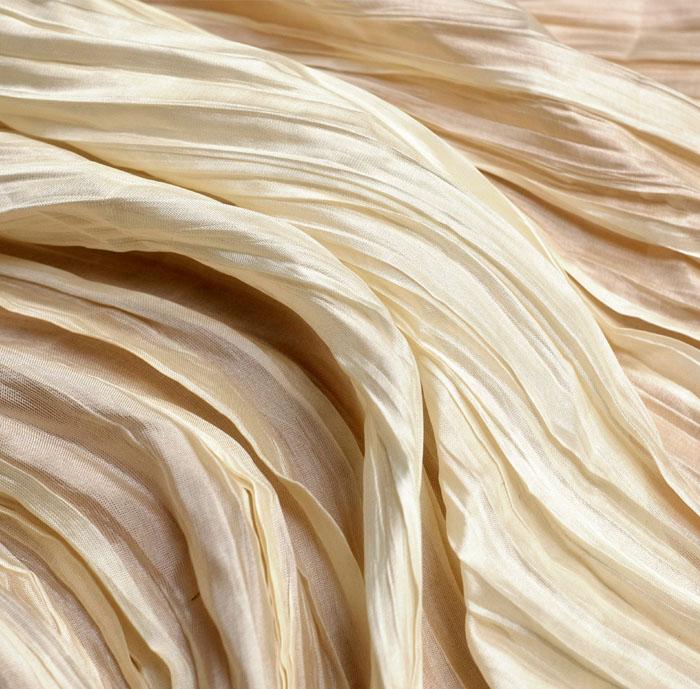
Viscose
Viscose is a very prevalent fabric in our collections. Viscose is a fibre obtained from natural material. We also call viscose a semi-natural fabric. It has the properties of a natural material: a soft, supple and breathable fabric. We recommend washing viscose at low temperatures. Always check the washing instructions to be sure. Viscose is a fabric that wrinkles when washing. But don’t worry, you can easily iron out the fabric back to its original shape. The best way to do this is to iron the clothing item inside out when the fabric is still reasonably damp. Make sure the iron is on a low setting. Hang up your viscose items to prevent wrinkles. It is very similar to silk in appearance and feel.
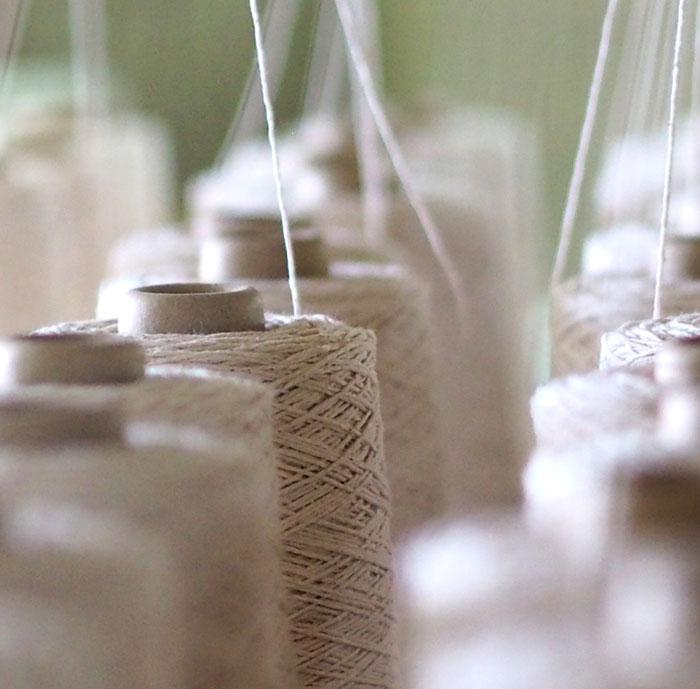
Polyester
Polyester is made of synthetic fibres and is often used in combination with natural fibres in order to add a number of characteristics: elasticity, shape retention and wrinkle recovery. In contrast to what many people think, polyester is a positive addition to a clothing item. It’s wear-resistant, colourfast, user-friendly, easy to maintain and fast-drying. Polyester is also very suitable for recycling. We recommend you wash polyester at low temperatures - no more than 40°C - and to use a liquid detergent. It’s best to spin polyester as little as possible in order to
prevent wrinkles.
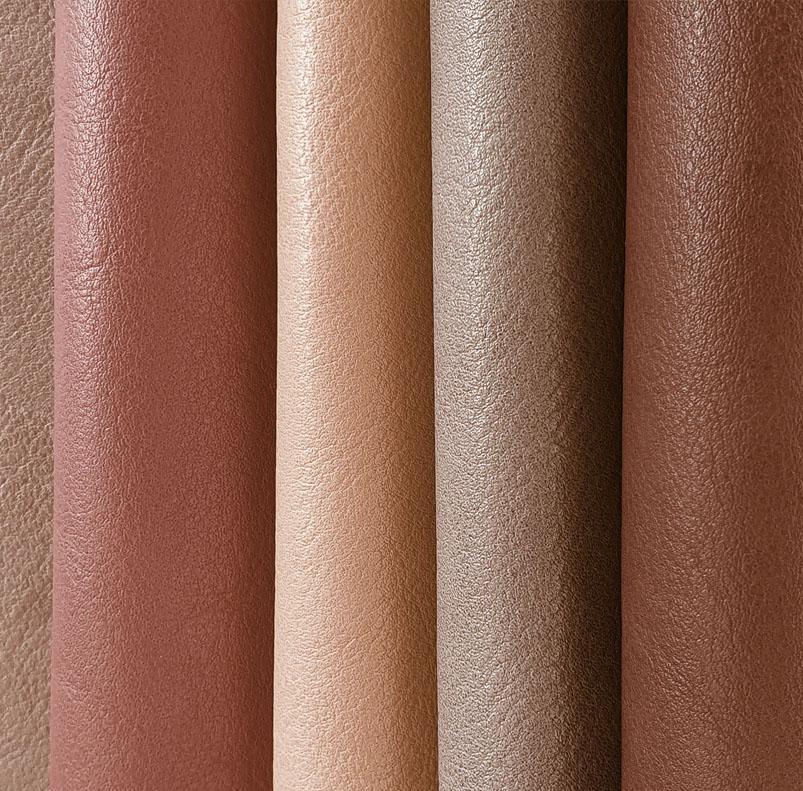
Imitation leather
Imitation leather - polyurethane - is an animal-friendly alternative to real leather. The imitation leather does not wrinkle or shrink, and caring for imitation leather is also a lot easier than caring for real leather. Wash on a 30°C cycle with a small quantity of liquid detergent. We recommend hang-drying imitation leather. Important note: You cannot iron imitation leather!
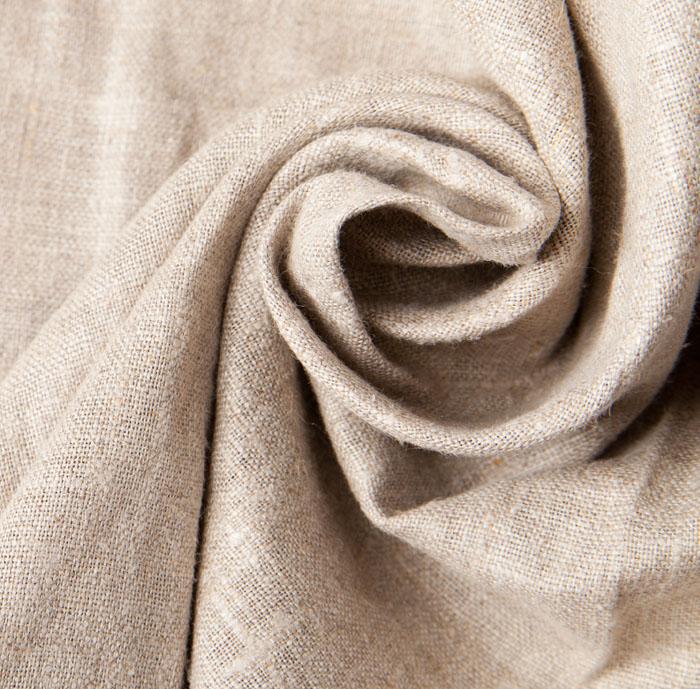
Linen
The major advantage of linen is that it is very airy material, so it’s ideal for warmer days. Linen isn’t prone to spotting or piling. Clothing made from this material lasts longest when it is hand washed at a maximum temperature of 30°C. But if you don’t have time to wash your clothing by hand (or don’t feel like it), place the item in a half-empty drum, as this will prevent wrinkles as best possible. And wash the clothing item on the hand wash cycle, for example, but in any case always using a long soak, short wash and short spin cycle. Dry your linen by removing it from the washing machine immediately after washing. Linen must never be placed in the dryer, so hang-dry it on a clothesline or rack. Before you hang the item up, it’s best to carefully straighten it first. Then iron it when it’s still a little damp at a temperature of at most 200 °C. Tip: If you hand wash, you will (usually) wash the clothing in water that is too hot (towards 40°C). The water should not be warmer than 30°C, which will feel cold. The hand wash cycle on your washing machine is a safer alternative.
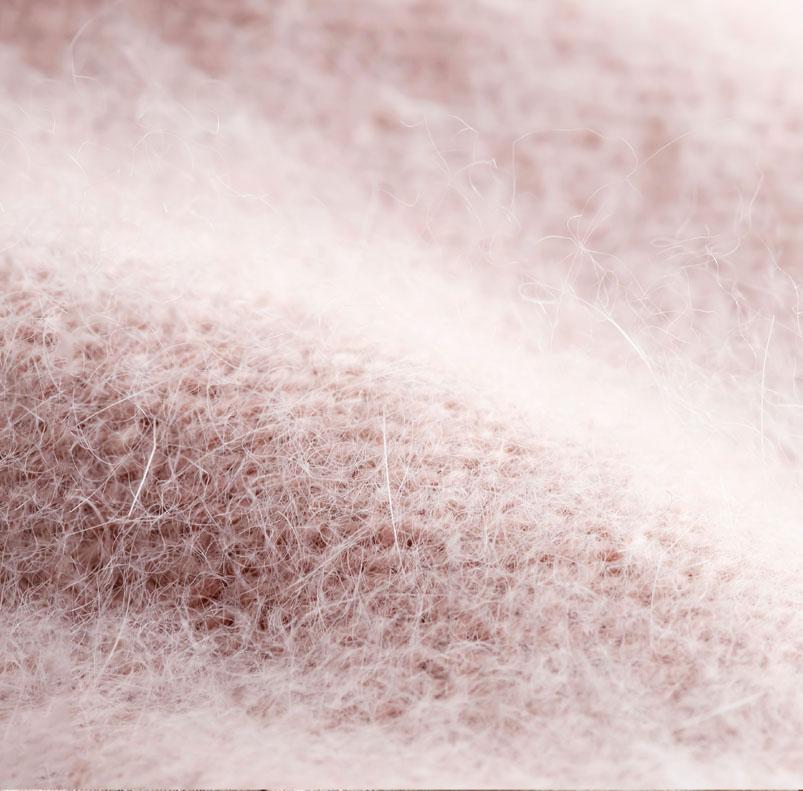
Wool
People think that washing wool is difficult or bad for the wool.
But if you do it right, washing wool clothing is neither bad nor difficult. Wash your wool clothing on your washing machine’s wool cycle at 30°C, and make sure the spin cycle isn’t higher than 600 revs. Use (a little) wool detergent. Wash wool with wool. Do not wash your wool clothing together with jeans with zippers.There is a misunderstanding about washing wool: hand washing wool is supposed to be better for wool than using the washing machine. But that’s not correct. When you hand wash clothing, you tend to use too much detergent and have a difficult time getting the detergent out. Wringing (out) your clothing is also bad. The water should not be warmer than 30°C, which will feel cold. There is a big chance that the water will be too warm when hand washing and will cause the clothing to wrinkle.
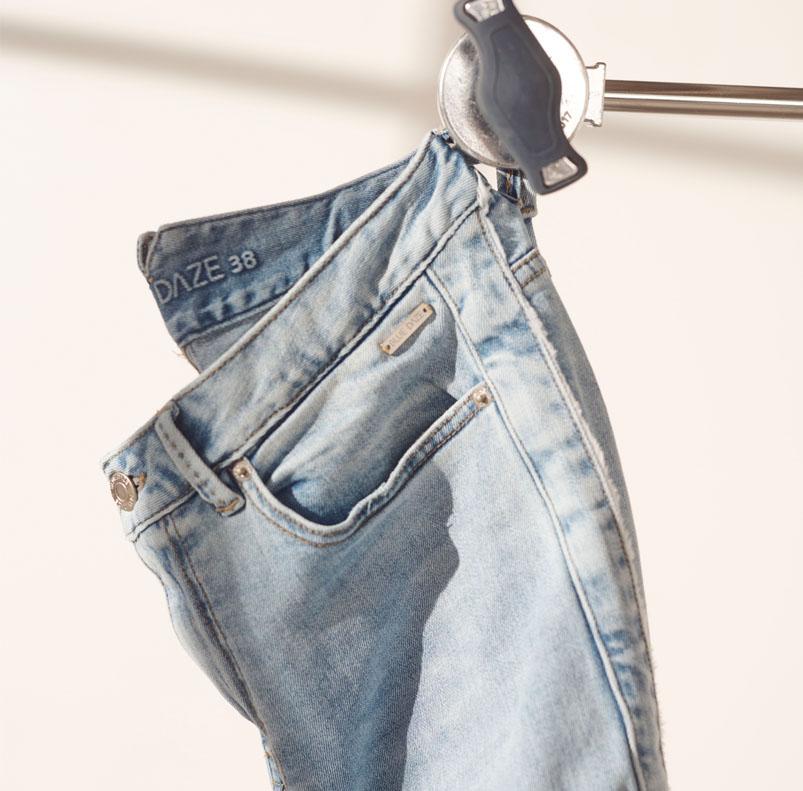
Denim
Our Blue Daze collection is full of beautiful denim items. In order to keep these items nice as long as possible, we would like to give you a few tips. The colour of the denim can fade the more you wash the jeans. That’s why we recommend only washing the jeans when this is really necessary. You can aerate the item between washes by hanging them up. You can also hang them up in the bathroom in order to lightly steam them. When you wash jeans, it’s best to not wash them at temperatures higher than 30°C, preferably on a gentle cycle. You can also just cold rinse the denim.